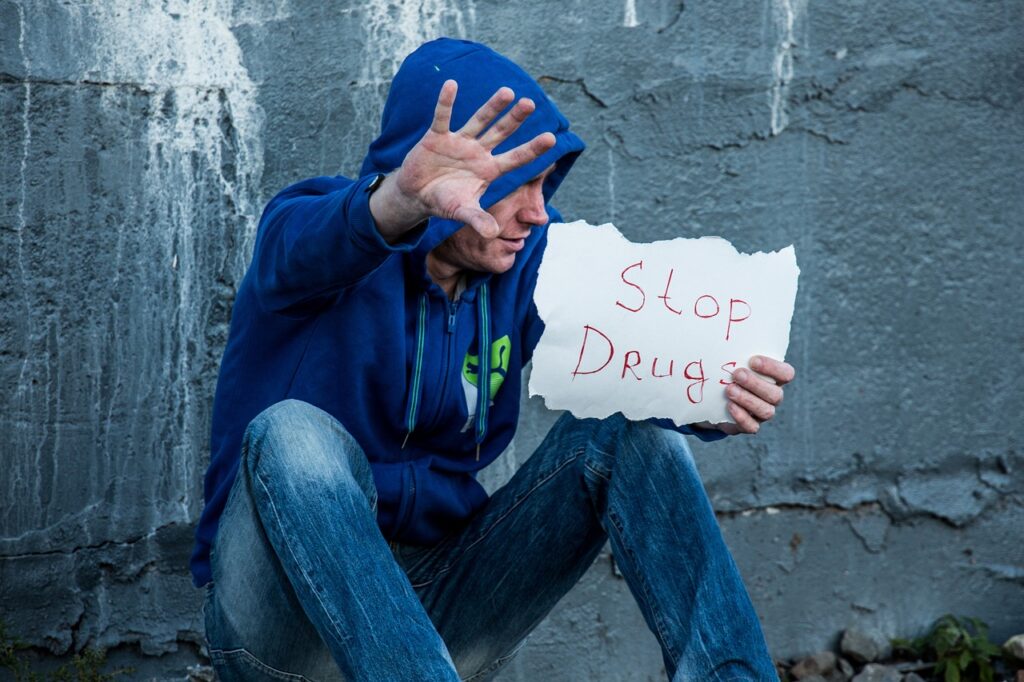The problem with instituting sweeping, costly and invasive mental health legislation is that there always are unintended consequences. The State of Connecticut, when passing Public Act 13-3, apparently didn’t consider that there are two sides to every story. And when it comes to “mental health” there most definitely is another side beyond the mental health we-need-early -intervention-to-help-those-suffering mantra.
A case in point is the recent report by the Centers for Disease Control and Prevention, CDC, which found that more than 10,000 toddlers between the ages of 2-3 are being medicated for Attention Deficit Hyperactivity Disorder, ADHD. Worse still, these data are limited and the experts believe the problem is actually much worse on a national level.
But to fully grasp the insanity of drugging 2-3 year olds with highly addictive mind-altering drugs, let’s consider a few important pieces of information about this age group. First, the average weight for male toddlers at three years is 29.5 pounds and females is 28.4 and, by this age, only 80 percent of the child’s brain has fully developed.
Developmentally 2-3 year olds are learning to arrange things in groups, putting things in size order, remembering what they did yesterday, recognizing themselves in the mirror and learning to say please and thank you. Yes, great strides, but still the brain is not fully developed.
Now let’s consider the ADHD diagnosis. This alleged mental disorder is all about behavior. Regardless of what the American Psychiatric Association, APA, believes, the National Institutes of Mental Health, NIMH, makes it clear on its website that “scientists don’t know what causes ADHD.” There is no test known to man that can detect ADHD as a biological/genetic abnormality.
Because the APA has no proof of any abnormality that is the alleged ADHD, they have compiled a list of “abnormal” behaviors that apparently make up the diagnosis, including “is often easily distracted,” “is often forgetful in daily activities,” “often does not seem to listen when spoken to directly,” etc. After considering the list of 18 criteria that make up the alleged mental disorder, ADHD, one has to wonder what child doesn’t repeatedly do most, if not all, of these behaviors.
Nevertheless, now, let’s consider the ADHD “treatment” most commonly used – Ritalin (methylphenidate) and Adderall (amphetamine). Methylphenidate is a schedule II drug and, as such, is considered by the federal government to be one of the most addictive. It also is considered by the Drug Enforcement Administration, DEA, “to produce discriminative stimulus effects similar to cocaine, which substitute for each other and for cocaine in a number of paradigms, and chronic high-dose administration of either drug in animals produces psychomotor stimulant toxicity including weight loss, stereotypic movements and death, and in clinical studies, they produce behavioral, psychological, subjective and reinforcing effects similar to cocaine.”
The DEA sums up Methylphenidate and Amphetamine use this way: “this data means that neither animals nor humans can tell the difference between cocaine, amphetamine or methylphenidate when they are administered the same way at comparable doses. In short, they produce effects that are nearly identical.”
In a nutshell, 2-3 year old toddlers are being labeled with an alleged mental illness that is not based in science or medicine and then “treated” with extremely addictive, mind-altering drugs before their brains are even fully formed.
Did legislators really consider the implications of Public Act 13-3, which pushes for early identification and screening for mental illness in the state’s children? Was even one expert allowed to testify before any committee, making lawmakers aware of the above facts? No.
More importantly, according to Public Act 13-3, a Task Force was established to consider all of the mental health provisions and report back to the Legislature and the Governor. Not surprising, this report, which was due no later than February 1st of this year, still has not been completed.
These Task Force recommendations may provide some guidance on just how intrusive the mental health provisions are. For example, at what age will Connecticut’s legislators decide early intervention and screening is inappropriate and harmful? Public Act 13-3 allows for “Mental Health First Aid Training” as part of in-service training for educators. If a child is labeled with a mental illness through this early intervention and mental health screening, what rights are afforded to parents who refuse to accept this “help?”
Does this mental health intervention end at the school-age level or will the State continue to legislate mental health screening to include toddlers and preschoolers? Given that nearly 8 million American children between the ages of 6-17 currently are taking at least one mind-altering, psychiatric drug, it is clear what mental health’s “treatment” consists of. Yes, there are consequences for ill-advised and uninformed legislation.


